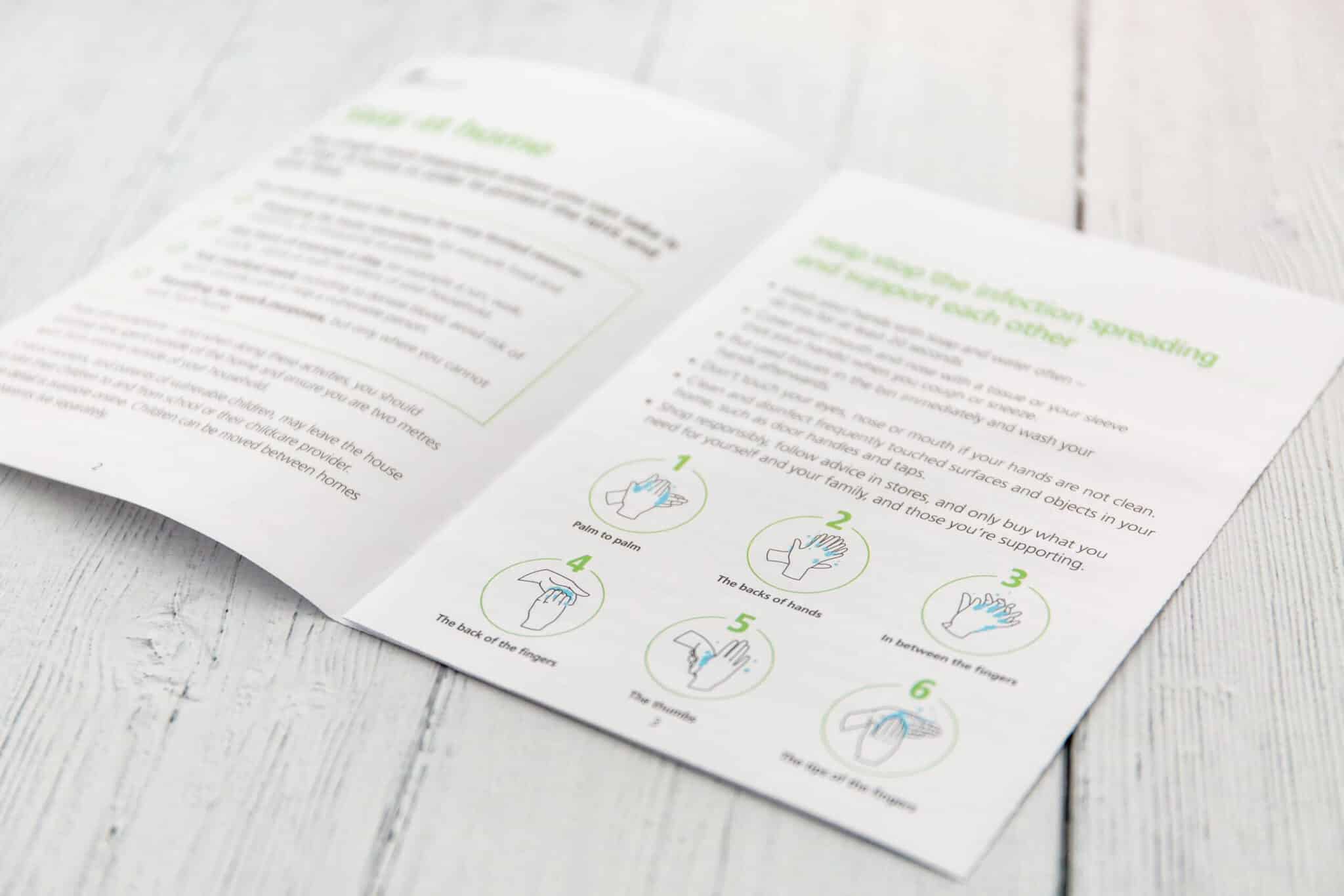COVID-19: How to communicate and build confidence in your organization

Clear communication plays a significant role in helping employees feel prepared, informed, and safe when returning to work. But communicating to employees, especially around something that has caused so much stress and uncertainty, can be a difficult task.
In this article, we’re sharing different ways facility managers (FMs) can improve company-wide communication.
Why is clear communication so important in the workplace?
This may seem obvious, but clear communication is the foundation of any successful company. But it can be a big issue for many organizations. In fact, a study from Interact found that 69% of managers are uncomfortable communicating in general with employees. What’s more, 19% of managers feel uncomfortable giving employees clear directions.
This can be a significant hurdle for companies as they transition back into the office, especially if employees are reluctant due to health concerns. That’s why transparent communication regarding company policies, protocols, and other relevant information is critical.
Communication is also important for several other reasons, such as:
- Putting employees at ease
- Helping employees make informed decisions
- Creating a safer environment for employees
If there isn’t an emphasis on great communication, the alternative can be detrimental to company culture, morale, and performance. For example, if managers are abrasive or passive-aggressive with their delivery of information, a hostile work environment is created as a result. Or, if employees don’t have the information they need to do their jobs safely, it could result in a decrease in productivity and morale, which affects the company’s bottom line.
The reality is, clear communication isn’t rocket science. It can be boiled down to three principles, which we’ll discuss in more detail.

How facility managers can improve communication in the workplace
Since the pandemic began, there has been a lot of information circulating. It can be tough to understand what is real and what is not. This type of uncertainty can lead to stress, anxiety, depression, panic, and other health issues.
Let’s take a look at a few ways FMs can establish transparent communication practices from the start and build trust among employees over time.
Streamline communication channels
From social media feeds to the 24-hour news cycle, we consume information all the time and in various ways. One of the best ways to combat information overload is to streamline the channels you use to communicate important company information.
There’s no one way to streamline your communications. A few ways to do so with office communications include:
- Virtual meetings for updates
- A Visual Directory that integrates with Slack to make it easier for employees to access or locate whatever or whoever they need
- Information mailed to employees
- Shared updates through Slack or Google Hangouts
- Official documentation accessible through a company intranet, internal wiki, or shared drive
- One-on-one meetings with supervisors or team members
- Round table or Q&A discussions to provide the opportunity for employees to voice concerns
- Signage to display cleaning times or logs
- Directional signage or displays to communicate how to navigate the office
No matter how you choose to communicate, creating a central place where company updates, announcements, safety procedures, your COVID-19 plan, etc. live that is accessible to all is a great way to streamline.
For example, you could create a Dropbox or Google Drive folder for essential documents and share the links to those folders through channels like Slack and email. That way, you aren’t bombarding employees with documents and announcements that they might not have time to read at that moment. Instead, they can access the materials when they have time to digest them.

Prioritize information, updates, and announcements
To mitigate information overload, prioritizing how and when you share information is vital. Depending on the nature of the announcement, like if it has to do with health concerns or COVID-19, some information should be emphasized over others.
Of course, all company information is valuable, but grouping information by level of importance ensures employees are informed about immediate situations or procedures.
One way to do this is to establish a ranking system. For example, company announcements that impact employees’ health and wellness (like if an employee is confirmed to have COVID-19), should be the highest priority. Whereas an announcement regarding the system update your company-wide server is undergoing at the end of the month might not be the most pressing information.
It’s vital for FMs to work with leadership to determine how building updates will be communicated and when. For example, how will you notify the entire company if an employee is confirmed to have COVID-19? Or if you’re only allowing employees to work in the office in shifts?
Having this system defined before you allow employees back into the office will ease anxiety over returning. It will also make for a less-stressful transition for all.

Build trust among employees
Trust is one of the core elements of effective communication in the workplace. Without trust, it won’t be easy to get employees to listen and perhaps even follow suit in some cases. If employees can trust you, it will make for better communication all around.
But how can FMs build employee trust? It’s important to preface this by saying that building trust won’t happen overnight—but it is possible.
To build trust, FMs (and leadership alike) need to make the following part of their overall communication approach:
-
Transparency: Without transparency, it will be tough to gain the trust of employees. Employees look to company leaders to guide them through everything—especially during these times. Being open with employees about matters that concern them and the company as a whole is critical.
-
Openmindedness: It’s one thing to be transparent, but it’s another thing to be welcoming of employee feedback and ideas. Facilitating a culture of trust involves employees feeling confident to share ideas with the FM and leadership teams and be heard.
-
Action-oriented: Being transparent and openminded builds trust within and organization, but taking steps to put employee ideas in motion or concerns in front of the right people is key.
Forging a culture of trust within your organization will keep all employees safe and informed. It will also make it easier for employees to speak up when they’re uncomfortable or need their voices heard.
Communication is critical to a safe workplace reopening post-COVID-19
Excellent communication in the workplace is important at any time, not just during a pandemic. Though due to the nature of a pandemic, clear communication looks different than under normal circumstances.
Guidelines around COVID-19 are continually changing as the situation evolves. Therefore, it’s fundamental that companies provide clear and consistent communication around their guidelines so employees feel safe returning to the office.
What is your organization doing to make the transition back into the office easier? Leave a comment below or send us a tweet.
Photos: Christina Morillo, ThisIsEngineering, Patryk Kamenczak, iMattSmart




